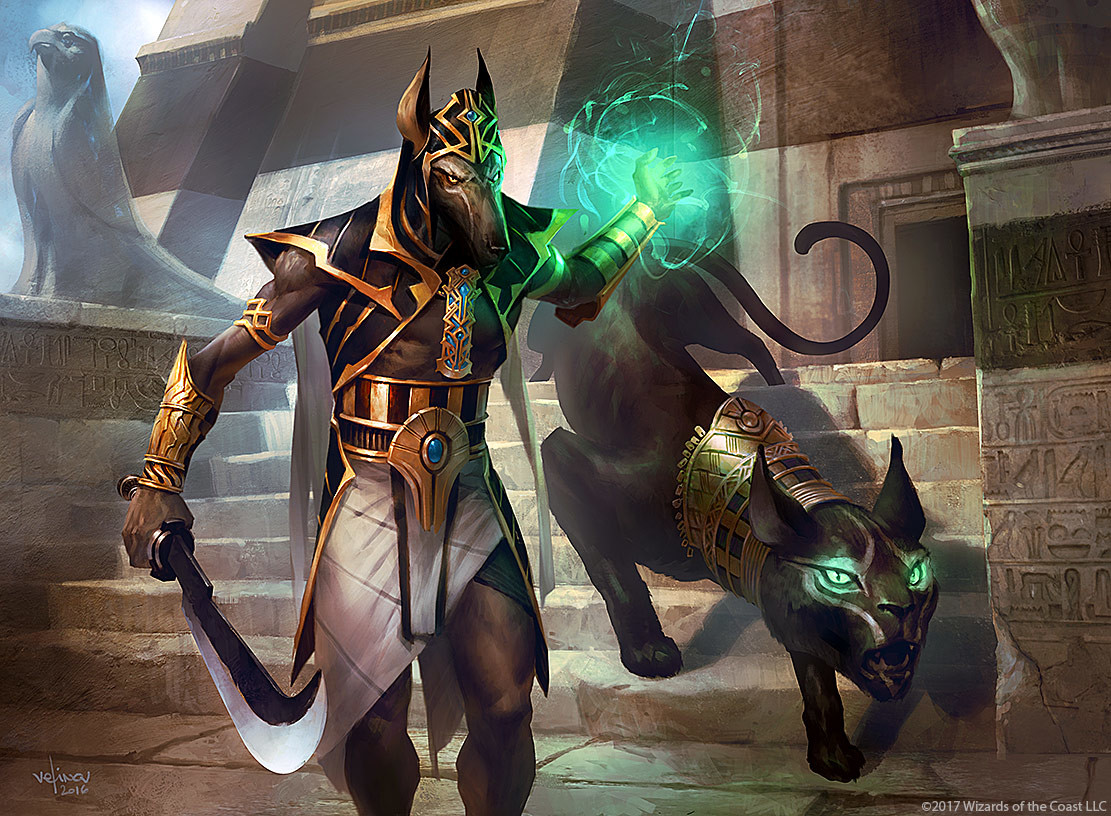

The original detail on which key for which fork applies to which plane is from Dragon Magazine 120 pages 42 & 43 in an article titled Plane Speaking: Tuning in to the Outer Planes by Jeff Grubb. Otherwise, I think they would have used a different word for the intended use of the object. I imagine the tuning fork makes a noise in the same "key" as the plane. Usually that's at 440hz, known as the key of A in music talk. In real life, a tuning fork is an instrument that when tapped against a sturdy object, makes a sound at a consistent key.

A focus is not, itself, magical, it’s just used for doing magic, and in any event, the description of plane shift never says that any character has to attune to the fork it says that the fork has to be attuned to the plane it’s to be used for. When playing in the “canonical” versions of “canonical” campaign settings, you can create the rods without traveling to the destination plane first, but the DM can easily change these details.Īs an aside, the fork being attuned with a plane has absolutely nothing to do with characters being “attuned” to magic items. 5e is no different from other editions in this: the plane shift spell itself has never described the construction of the rods in detail. When transporting yourself and others, you can indicate a more specific location on that particular plane (as described in the spell), but the rod still has to match the plane you want to go to.īut this is a setting detail, and the DM is in charge of the setting. On this point, the 5e Player’s Handbook implies the same functionality as previous editions, but it isn’t as clear as it could be: when it says to “specify a target destination” or “the plane of existence you specify,” you specify the plane by using the corresponding rod. The real significance of the attunement is that a given rod can only be for one specific plane, chosen during its creation to go to a different plane (say, where you came from), you’ll need another rod specifically crafted for that plane. Therefore, yes, based on the history of the spell and the default settings used in 5e, you can create a focus for plane shift with the 50 days of downtime. They have never been magical (and indeed, in 5e, spell material components are not generally magic items), and they have not previously required that they be made of material of the destination plane. Thus, in short, my answer to your question is that the plane shift material components work the same in 5e as they have always worked in prior editions of D&D, that is, the forks are “attuned” through careful selection of materials and precise construction (originally, the forked rods were explicitly tuning forks, so they were very literally “tuned” to a frequency particular to that plane). So far, all of the settings published for 5e have been settings that existed in prior editions, however, so in this regard 5e can be assumed to be maintaining the same setting details as in prior editions, excepting when 5e specifically calls out changes to them.

#Planeshift dnd 5e how to#
A spell named plane shift, used to teleport between different planes, and requiring forked metal rods, has been present in every single edition of Dungeons & Dragons, with the sole exception of the very original, and 4e, which was very different in many regards.įurthermore, the exact planes that exist and how to get to them is a setting detail: they are determined more by the setting than by the general rules. You can randomly select an event from the table below.The 5e version of the plane shift spell is continuing a long tradition of using these forked metal rods as part of the spellcasting. While most athletes compete in a variety of events, they typically have one the excel in. In between adventures, you can also compete in athletic events that provide income as a profession. If you are visiting a settlement within 100 miles of your hometown, there is a 50 percent chance that you can find an admirer that will provide you with shelter or information. The word of your victories inside the arena has spread, to the point that you have adoring fans. Skill Proficiencies: Acrobatics (Dexterity), Athletics (Strength)Įquipment: A bronze discus or leather ball, a lucky charm or past trophy, a set of traveler’s clothes, and a pouch containing 10 gp. It should come as no surprise that these individuals often long for a life of adventure. Athletes are not afraid to take advantage of the warm welcome their celebrity can bring. they are driven by competition and love to stand before an adoring audience. The athlete strives to perfect every aspect of their physical self.


 0 kommentar(er)
0 kommentar(er)
